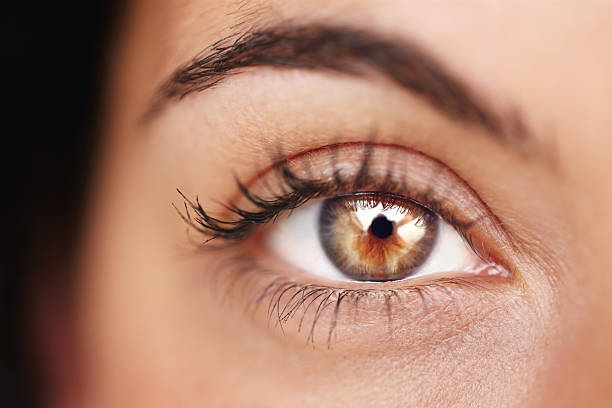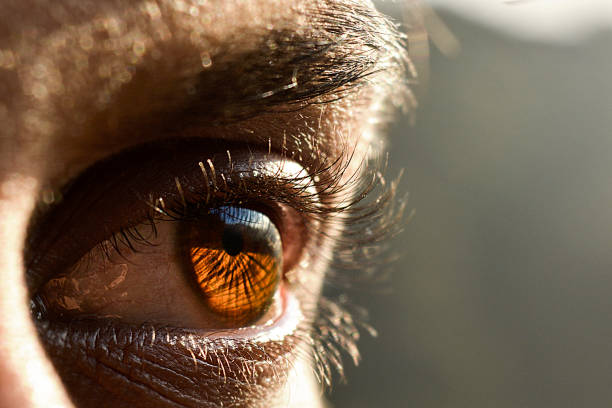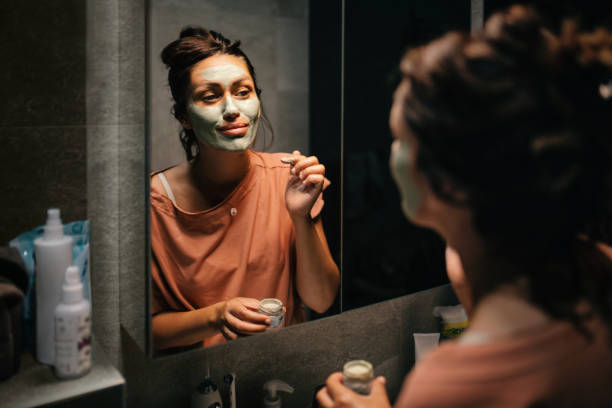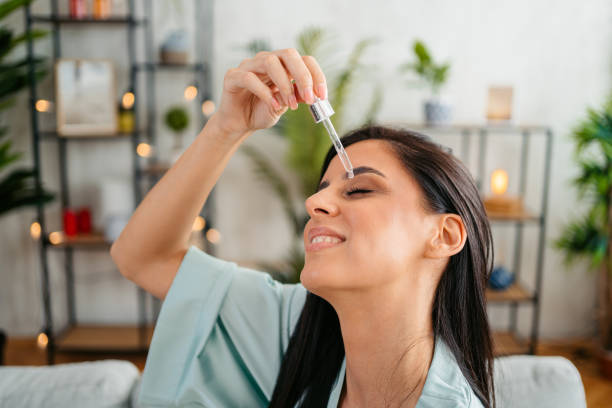Have you ever noticed a peculiar change in your eyelashes, with the tips beginning to turn a light blonde shade? You’re not alone. This intriguing phenomenon poses plenty of questions, with a variety of potential explanations. In this article, we’ll explore the nuanced reasons behind why the tips of your eyelashes might be turning blonde, delving into genetic, environmental, and health-related factors. Understanding these causes can provide reassuring context and help guide you toward the right steps for your own lash health and aesthetics.
Understanding Eyelash Pigmentation

Melanin, a natural pigment found in the skin and hair, is responsible for the color of your eyelashes. The concentration and distribution of melanin determine whether your lashes appear dark or light. It is synthesized by melanocytes, specialized cells that can be influenced by genetics, aging, and overall health. The production of melanin can be a complex process, subject to the effects of various internal and external factors. Knowing this can contextualize why changes in eyelash coloration may occur, sometimes leading to the lightening of the tips.
Possible Reasons Why Eyelashes Turn Blonde

Natural Pigment Changes
As we age, our body undergoes natural changes, and a decrease in melanin production is one of them. Consequently, this can lead to not only the greying of hair on the scalp but also a gradual lightening of eyelashes. Some individuals may notice these changes earlier than others due to a genetic predisposition where lighter eyelash tips can be a hereditary trait passed down through generations.
Environmental and Lifestyle Factors
The environment you’re exposed to can also play a significant role in the pigmentation of your eyelashes. Sun exposure can bleach hair over time, and this includes eyelash hair. Similarly, frequent swimmers might observe bleaching effects from chlorine in pools or salt from seawater. Protective eye gear could help mitigate these effects, but the cumulative impact over time can lead not only to changes in color but also to hair fragility and loss.
Health-Related Causes for Lightening Eyelashes
Nutritional Deficiencies and Their Role
Nutrients are the building blocks for the body’s synthesis of melanin. Missing out on key vitamins and minerals through a poor diet can lead to deficiencies that hinder this production process. Iron, vitamin B, and zinc deficiencies are known to correlate with hypopigmentation and may manifest as changes in hair and eyelash color, among other symptoms.
Medical Conditions and Treatments
Certain medical conditions, such as vitiligo or alopecia, can influence pigmentation in the body and may result in blonde tips on eyelashes. Additionally, treatments such as chemotherapy can affect hair pigmentation, leading to lightening or even complete hair loss. If you suspect that a medical issue is the cause of changes in your eyelash color, it’s essential to seek professional advice.
| Cause Category | Examples |
|---|---|
| Nutritional Deficiencies | Iron, Vitamin B, Zinc |
| Environmental Factors | Sun Exposure, Chlorine in Pools |
| Medical Conditions | Vitiligo, Alopecia |
| Treatments | Chemotherapy |
Addressing Blonde Eyelash Tips
Any sudden or noticeable changes in the body, including eyelash pigmentation, warrant attention. Consulting with a dermatologist or a physician can provide a clearer understanding of what might be happening. These professionals can help determine if the change is due to a natural process or an indication of a health issue that needs addressing.
Cosmetic Solutions and Protective Measures
For those who are cosmetically concerned about lighter eyelash tips, there are several options. Mascara and eyelash tinting are popular choices for restoring the appearance of darker lashes. To safeguard your eyelashes from environmental factors, wearing UV-protected sunglasses outdoors and using goggles while swimming can be effective strategies.
- Avoid prolonged sun exposure to protect melanin in eyelash hair.
- Consider nutritional supplements if your diet lacks essential vitamins and minerals.
Conclusion
The discovery of blonde tips on your eyelashes can be surprising and may lead to some concern. Through exploring various potential causes—ranging from natural aging to health-related issues—it’s clear that this color change can result from an array of factors. If you’re experiencing this phenomenon, remember the importance of prioritizing your health and seeking professional advice. Ultimately, understanding why your eyelashes are turning blonde is the key to confidently addressing the change.
FAQ
- Q1: Can mascara or other eye makeup products cause eyelashes to turn blonde?
- A1: While makeup itself won’t change eyelash color, frequent use of mascara and harsh makeup removers can damage eyelashes and potentially affect pigmentation over time.
- Q2: Is it normal for children’s eyelashes to change color as they grow older?
- A2: Yes, it is not uncommon for children’s eyelashes to change color with age as their melanin production stabilizes.
- Q3: Could the lightening of eyelash tips be reversed naturally?
- A3: In some cases, if the lightening is due to external factors such as sun exposure or nutritional deficiencies, addressing these issues might restore some pigmentation.
- Q4: Are there any specific nutrients that I should include in my diet to prevent the lightening of my eyelashes?
- A4: Ensuring a diet rich in vitamins and minerals such as Vitamin B, iron, and zinc can be beneficial for maintaining healthy melanin levels.
- Q5: Can stress cause my eyelashes to change color?
- A5: While stress is not directly linked to a change in eyelash color, it can impact overall health and potentially influence conditions that might lead to pigment loss.



